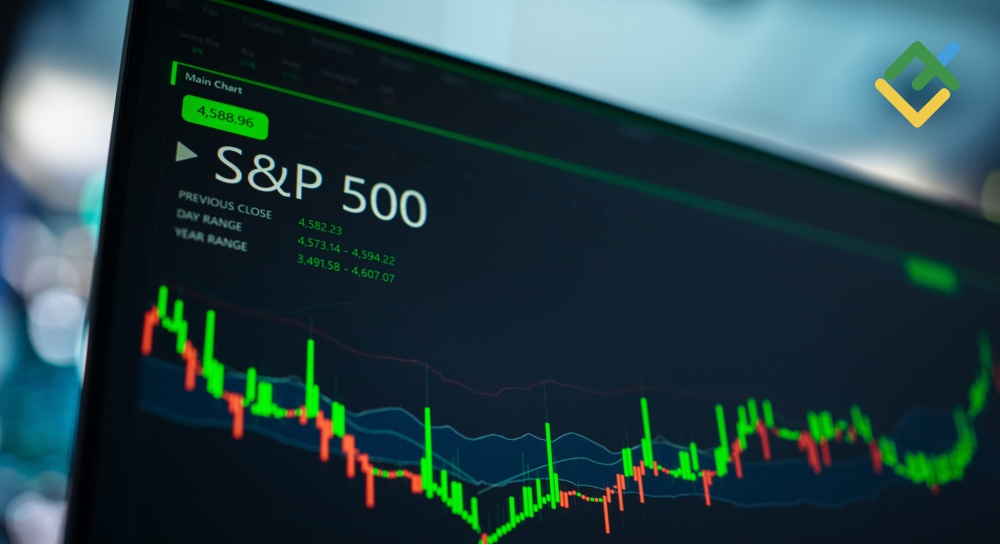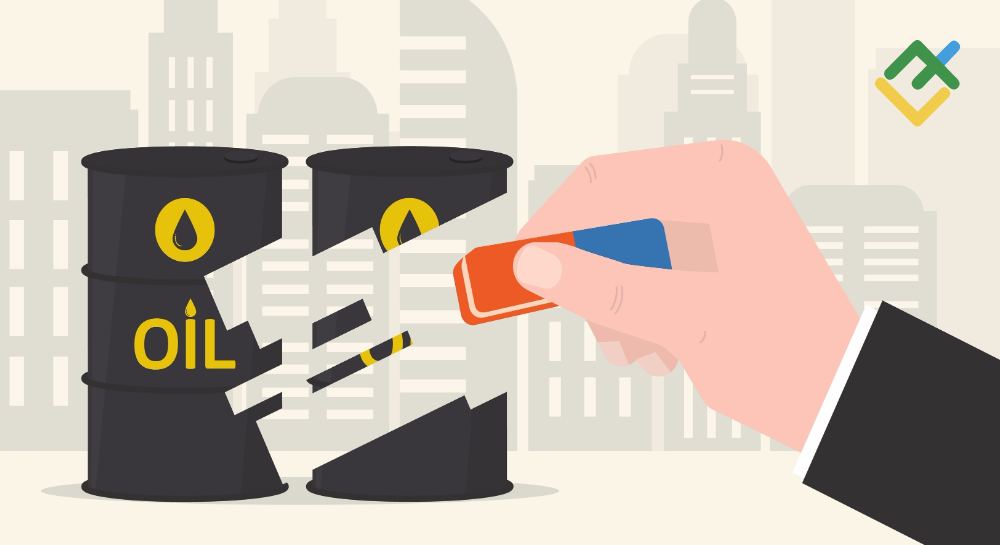When panic
strikes the markets, investors close their risky positions and return,
chastened, to the instrument that hasn’t failed them for decades: gold. Recent
weakening of the US dollar, China’s efforts to boost its economy, and
geopolitical tensions have propelled gold to unprecedented historical highs.
The quarter closed as the best since 2016.
Gold News: Precious Metal
Tests $2,685 amid Risk Aversion
Gold prices
have skyrocketed to uncharted territory, touching a new all-time high of $2,685
last week. Although the price has slightly retreated to $2,658 per ounce, it
remains near record levels.
This surge
results from a perfect storm of economic factors, including China’s stimulus
measures, Middle East geopolitical tensions, and recent monetary policy
decisions by major central banks.
“The
gold market received an ideal mix for growth,” the Metals Radar analytical
team, specialists in gold and silver markets, commented to Finance Magnates.
“On one hand, we have the weakest dollar in 14 months. On the other, risk
aversion is increasing due to geopolitical tensions in the Middle East.”

China’s
Politburo commitment to stabilizing the real estate market, coupled with the
People’s Bank of China’s decision to lower the 7-day reverse repo rates by 20
basis points, has significantly boosted gold’s upward trajectory. This move,
reducing rates from 1.70% to 1.50%, signals China’s determination to bolster
its economy, historically positive for commodity prices, including gold.
The Federal
Reserve’s recent 50 basis point rate cut has further fueled bullish sentiment
in the gold market. Expectations of an aggressive
Fed easing cycle have kept investors optimistic about gold’s prospects.
Escalating
Middle East tensions, particularly missile strikes between Israel and
Hezbollah, have underscored gold’s role as a safe-haven asset. These
geopolitical uncertainties have prompted investors to seek refuge in gold,
contributing to its price surge.
Gold Records Best Streak
in over 8 Years
These
factors have led gold to close its best three-month period since Q1 2016. In
the past quarter, the precious metal’s price rose by over 13%, extending its
streak of uninterrupted gains to the fourth quarter. Such a streak last
occurred at the beginning of the pandemic.
“Forecasts
of gold reaching $3,000 or even $5,000 are becoming more common,” Metals
Radar adds. “Analysts are less surprised by this. Such dynamic growth is
igniting investors’ imaginations.”

Goldman
Sachs believes in $3,000 gold, presenting their latest projections earlier this
month based on a scenario of a weakening US dollar. Meanwhile, Robert Kiyosaki,
author of bestselling finance and investing books, sets the bar even higher. He
believes gold will reach $5,000 in the coming years.
Gold news, FAQ
Why do people invest in gold?
Investors
turn to gold as a safeguard during economic uncertainty. It serves as a hedge
against inflation and currency fluctuations, particularly when traditional
assets like stocks and bonds falter. Gold’s enduring value and historical
significance make it an attractive option for diversifying investment
portfolios and preserving wealth during turbulent times.
What does the price of gold
depend on?
Gold prices
are influenced by a complex interplay of factors. These include global economic
conditions, geopolitical tensions, monetary policies of major central banks,
currency exchange rates (especially the US dollar), inflation expectations, and
supply and demand dynamics in the gold market. Additionally, investor sentiment
and speculative activities can cause short-term price fluctuations.
What will gold be worth in
2030?
Analysts
are discussing potential prices of $3,000 (Goldman Sachs) to $5,000 (Robert
Kiyosaki) per ounce in the coming years. However, it’s important to note that
long-term price predictions are highly speculative and subject to numerous
unpredictable factors.
What factors are driving
gold prices to surpass $2,685?
Several key
factors are propelling gold to record highs:
- Weakening
US dollar - Increased
global economic uncertainty - Geopolitical
tensions, particularly in the Middle East - Monetary
policy shifts, including interest rate cuts by major central banks - Growing
investor risk aversion - Expectations
of continued economic stimulus measures
How are China’s stimulus
and global geopolitics influencing the gold rise?
China’s
economic stimulus efforts, including lowering key interest rates and
stabilizing the real estate market, are boosting gold prices by potentially
increasing demand for commodities. Simultaneously, escalating geopolitical
tensions, such as conflicts in the Middle East, are driving investors towards
gold as a safe-haven asset. These factors combine to create a favorable
environment for gold price appreciation, as investors seek stability and
protection against economic uncertainties.
When panic
strikes the markets, investors close their risky positions and return,
chastened, to the instrument that hasn’t failed them for decades: gold. Recent
weakening of the US dollar, China’s efforts to boost its economy, and
geopolitical tensions have propelled gold to unprecedented historical highs.
The quarter closed as the best since 2016.
Gold News: Precious Metal
Tests $2,685 amid Risk Aversion
Gold prices
have skyrocketed to uncharted territory, touching a new all-time high of $2,685
last week. Although the price has slightly retreated to $2,658 per ounce, it
remains near record levels.
This surge
results from a perfect storm of economic factors, including China’s stimulus
measures, Middle East geopolitical tensions, and recent monetary policy
decisions by major central banks.
“The
gold market received an ideal mix for growth,” the Metals Radar analytical
team, specialists in gold and silver markets, commented to Finance Magnates.
“On one hand, we have the weakest dollar in 14 months. On the other, risk
aversion is increasing due to geopolitical tensions in the Middle East.”

China’s
Politburo commitment to stabilizing the real estate market, coupled with the
People’s Bank of China’s decision to lower the 7-day reverse repo rates by 20
basis points, has significantly boosted gold’s upward trajectory. This move,
reducing rates from 1.70% to 1.50%, signals China’s determination to bolster
its economy, historically positive for commodity prices, including gold.
The Federal
Reserve’s recent 50 basis point rate cut has further fueled bullish sentiment
in the gold market. Expectations of an aggressive
Fed easing cycle have kept investors optimistic about gold’s prospects.
Escalating
Middle East tensions, particularly missile strikes between Israel and
Hezbollah, have underscored gold’s role as a safe-haven asset. These
geopolitical uncertainties have prompted investors to seek refuge in gold,
contributing to its price surge.
Gold Records Best Streak
in over 8 Years
These
factors have led gold to close its best three-month period since Q1 2016. In
the past quarter, the precious metal’s price rose by over 13%, extending its
streak of uninterrupted gains to the fourth quarter. Such a streak last
occurred at the beginning of the pandemic.
“Forecasts
of gold reaching $3,000 or even $5,000 are becoming more common,” Metals
Radar adds. “Analysts are less surprised by this. Such dynamic growth is
igniting investors’ imaginations.”

Goldman
Sachs believes in $3,000 gold, presenting their latest projections earlier this
month based on a scenario of a weakening US dollar. Meanwhile, Robert Kiyosaki,
author of bestselling finance and investing books, sets the bar even higher. He
believes gold will reach $5,000 in the coming years.
Gold news, FAQ
Why do people invest in gold?
Investors
turn to gold as a safeguard during economic uncertainty. It serves as a hedge
against inflation and currency fluctuations, particularly when traditional
assets like stocks and bonds falter. Gold’s enduring value and historical
significance make it an attractive option for diversifying investment
portfolios and preserving wealth during turbulent times.
What does the price of gold
depend on?
Gold prices
are influenced by a complex interplay of factors. These include global economic
conditions, geopolitical tensions, monetary policies of major central banks,
currency exchange rates (especially the US dollar), inflation expectations, and
supply and demand dynamics in the gold market. Additionally, investor sentiment
and speculative activities can cause short-term price fluctuations.
What will gold be worth in
2030?
Analysts
are discussing potential prices of $3,000 (Goldman Sachs) to $5,000 (Robert
Kiyosaki) per ounce in the coming years. However, it’s important to note that
long-term price predictions are highly speculative and subject to numerous
unpredictable factors.
What factors are driving
gold prices to surpass $2,685?
Several key
factors are propelling gold to record highs:
- Weakening
US dollar - Increased
global economic uncertainty - Geopolitical
tensions, particularly in the Middle East - Monetary
policy shifts, including interest rate cuts by major central banks - Growing
investor risk aversion - Expectations
of continued economic stimulus measures
How are China’s stimulus
and global geopolitics influencing the gold rise?
China’s
economic stimulus efforts, including lowering key interest rates and
stabilizing the real estate market, are boosting gold prices by potentially
increasing demand for commodities. Simultaneously, escalating geopolitical
tensions, such as conflicts in the Middle East, are driving investors towards
gold as a safe-haven asset. These factors combine to create a favorable
environment for gold price appreciation, as investors seek stability and
protection against economic uncertainties.
This post is originally published on FINANCEMAGNATES.


